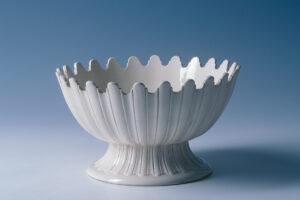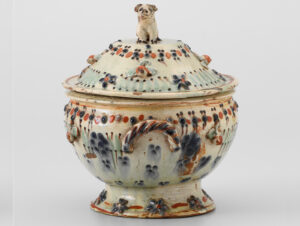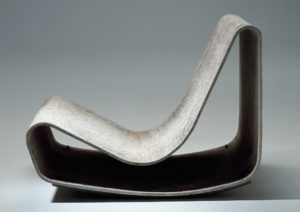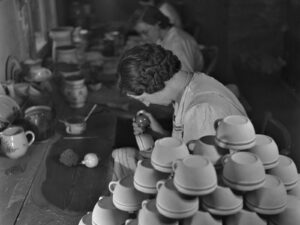
Langenthal is in the Czech Republic
Pottery was being made in what is now Switzerland as long ago as 3800 BC. Now, there’s no longer any industrial production in this country. But some big names have remained.
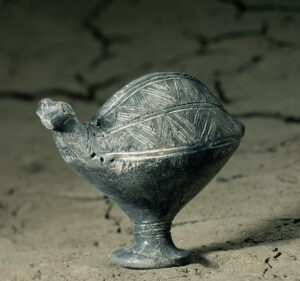
From one-of-a-kind creation to mass-produced article
From middle-class stodginess to trendy ceramic treasure
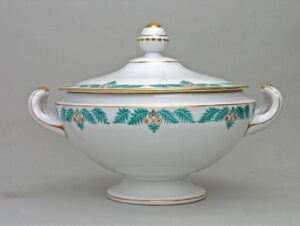
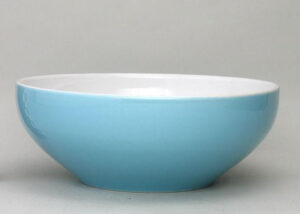
Solothurn cheerfulness on the dining table
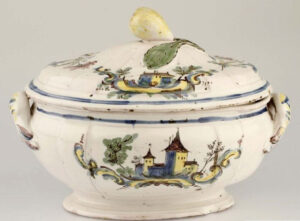
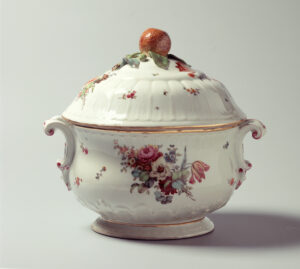
Tableware and stove tiles

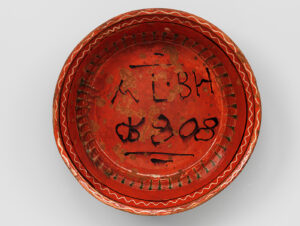
Pottery styles go walkabout
